Unlocking the Power of Home Car Chargers for Effortless Electric Vehicle Charging
As electric vehicles (EVs) continue to gain traction in the automotive industry, the demand for convenient and efficient charging solutions is more critical than ever. According to the International Energy Agency (IEA), global electric car sales reached a record high of 6.6 million units in 2021, with projections suggesting that by 2030, more than 230 million electric vehicles will be on the road. This surge underscores the growing necessity for reliable charging infrastructure, particularly at home. A Home Car Charger not only offers convenience for daily charging needs but also significantly enhances the overall ownership experience for EV users. With the ability to charge during off-peak hours, homeowners can take advantage of lower electricity rates while contributing to a more sustainable energy ecosystem. As we explore the myriad benefits of home car chargers, it becomes evident that they are pivotal in fostering a future wherein electric vehicles become the norm rather than the exception.
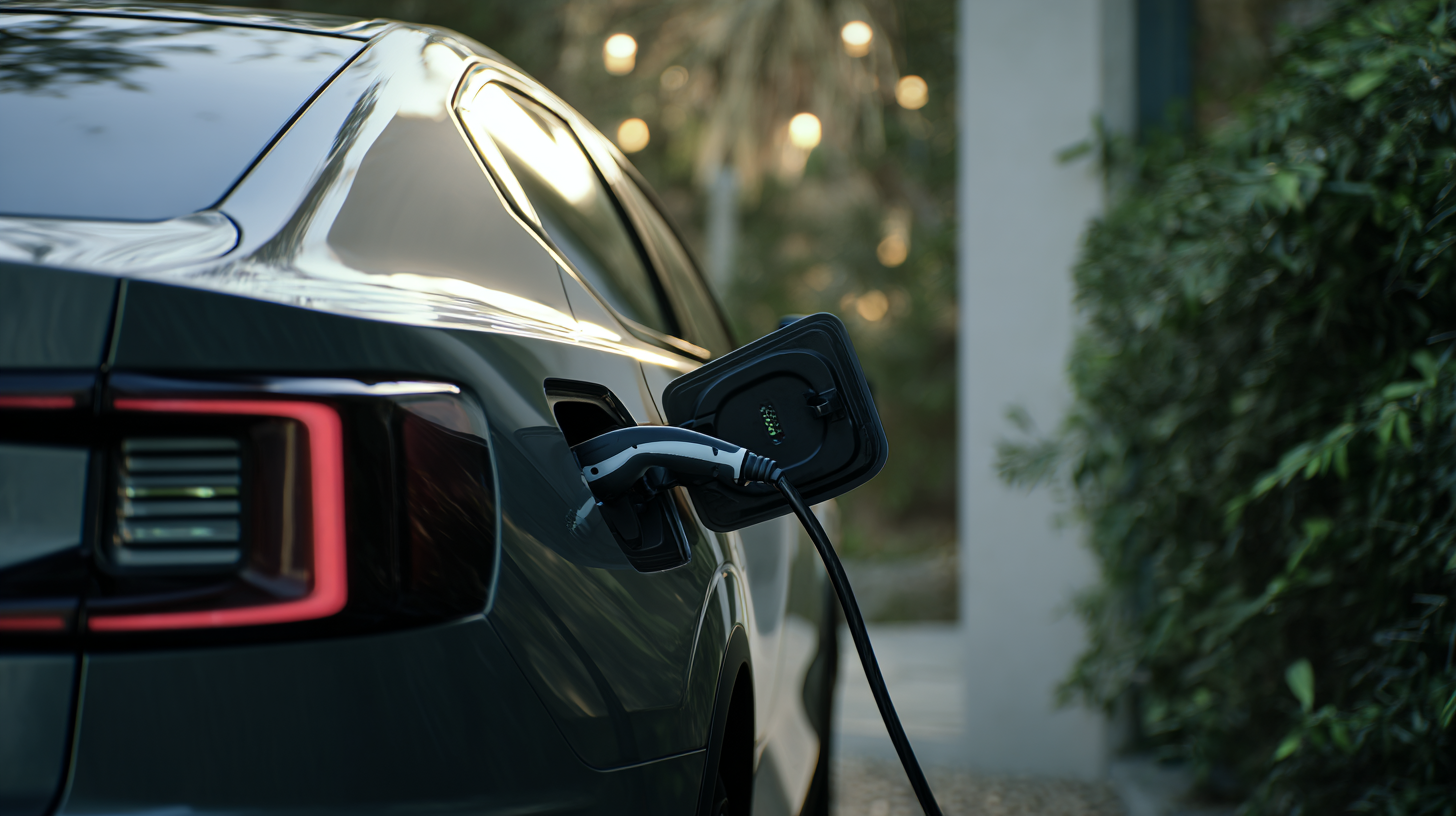
Understanding the Basics of Home Car Chargers for Electric Vehicles
Understanding the basics of home car chargers for electric vehicles (EVs) is essential for anyone looking to make the transition to an eco-friendly driving experience. Home chargers, also known as electric vehicle supply equipment (EVSE), come in various types, with Level 1 and Level 2 being the most common for residential use. Level 1 chargers utilize a standard 120-volt outlet, making them accessible and easy to use but slower when it comes to charging time. In contrast, Level 2 chargers, which require a 240-volt outlet, provide a significantly faster charging solution, allowing EV owners to replenish their vehicle's battery more efficiently.
Another critical aspect to consider when selecting a home car charger is compatibility with your specific electric vehicle model. Most modern EVs come with a compatible charging plug, but it's essential to check the specifications to ensure a seamless charging experience. Additionally, many home car chargers now come with smart features, allowing users to monitor charging sessions and energy usage through mobile apps. This not only enhances convenience but also enables EV owners to take advantage of off-peak electricity rates, further reducing charging costs. Investing in a reliable home car charger sets the foundation for an effortless and efficient electric vehicle ownership experience.
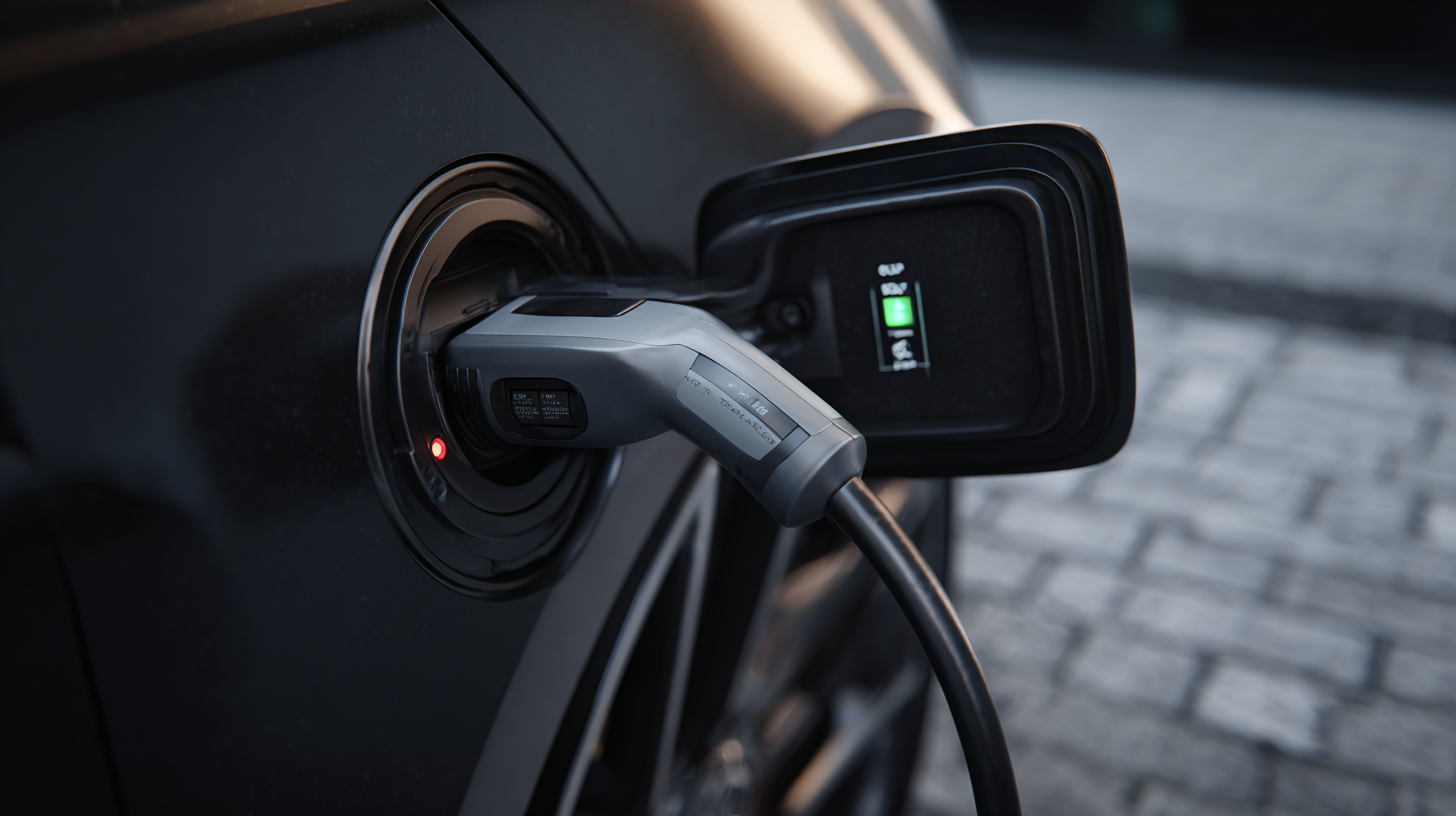
Choosing the Right Home Charger: Key Features to Consider
When it comes to choosing the right home charger for your electric vehicle, there are a few key features to consider that can significantly enhance your charging experience. First, look for chargers that offer adjustable charging speeds, allowing you to customize the power delivered based on your vehicle's needs and your daily schedule. A smart home charger can be particularly beneficial, as it enables you to monitor energy usage, schedule charging times during off-peak hours, and even control charging from your smartphone.
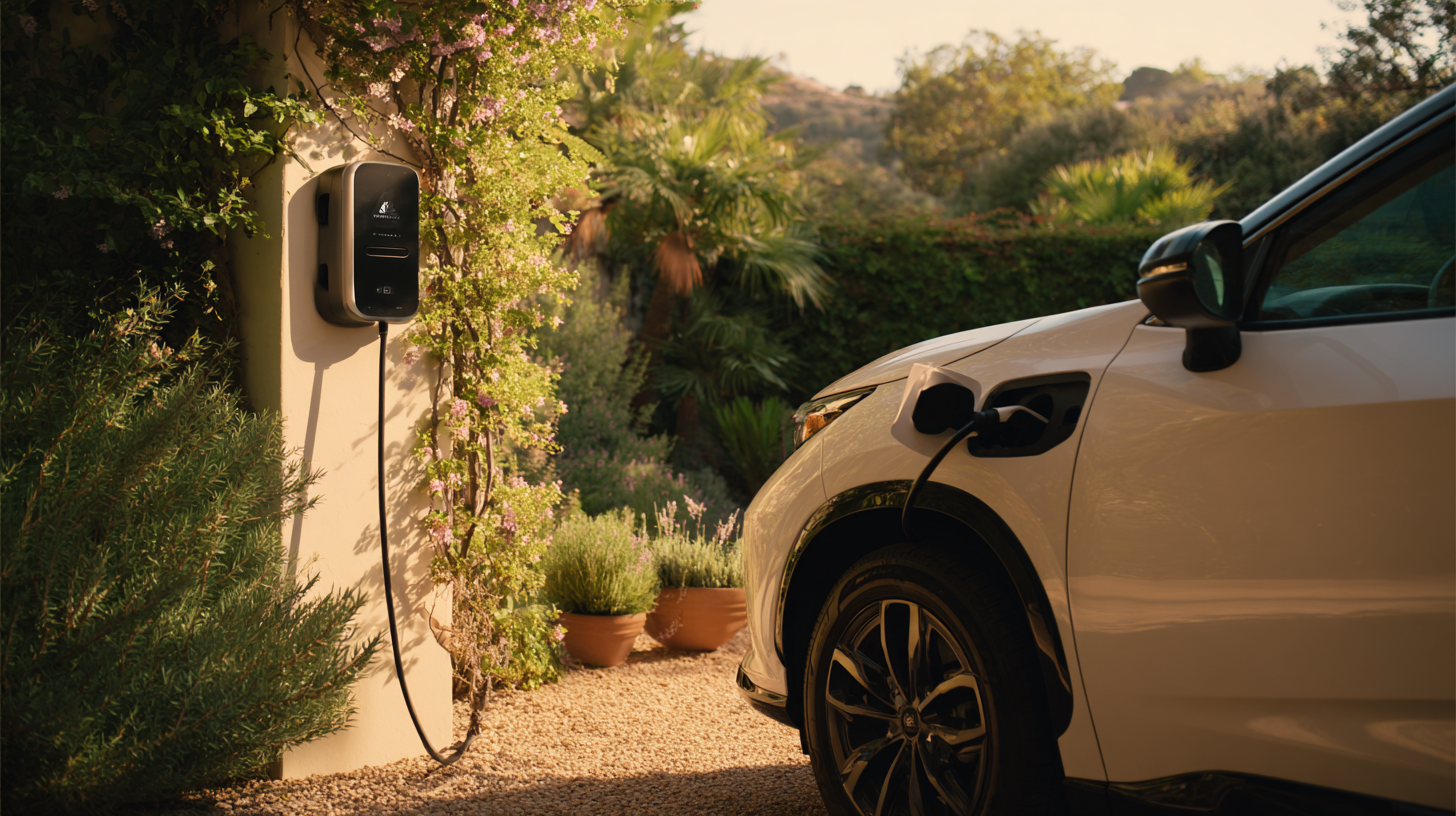
Another essential factor is compatibility. Ensure that the charger you select is compatible with your specific EV model and supports various charging standards. Additionally, pay attention to safety features such as overcurrent protection and weatherproof ratings, especially if you plan to install the charger outdoors. An intuitive user interface and clear LED indicators can further simplify the charging process, making it easier to track your vehicle's charging status at a glance. By focusing on these key elements, you can unlock the full potential of home charging and enjoy a seamless experience with your electric vehicle.
Step-by-Step Guide to Installing Your Home Charging Station
Installing a home charging station for your electric vehicle (EV) can significantly enhance your driving experience. According to a report from the International Energy Agency, over 70% of EV owners prefer home charging due to its convenience and cost-efficiency. To get started, assess your home's electrical capacity, as a standard Level 2 charger requires a dedicated circuit of 240 volts. Hiring a licensed electrician for the installation is crucial to ensure compliance with local regulations.
Tip 1: Before installation, check for any potential electrical upgrades needed in your home to support the charger. This could prevent unexpected costs later on.
Once your charger is installed, familiarize yourself with its features and functionalities. Many modern home chargers come with smart capabilities, allowing you to monitor and control charging via a mobile app. According to a study by the U.S. Department of Energy, properly scheduling your EV charging can lead to a savings of up to 40% on energy costs during peak hours.
Tip 2: Take advantage of off-peak charging rates by scheduling your charging sessions late at night or during weekends. This simple step can help you save money in the long run.
Electric Vehicle Charging Stations: Installation and Usage Data
Maximizing Efficiency: Tips for Optimal Electric Vehicle Charging at Home
Home charging for electric vehicles (EVs) is not just about convenience; it's about optimizing efficiency to ensure that every kilowatt-hour (kWh) is utilized effectively. According to the U.S. Department of Energy, home charging can be up to 40% less expensive than charging at public stations when factoring in time-of-use electricity rates. This indicates that by strategically scheduling charging during off-peak hours, EV owners can significantly lower their energy costs while also reducing strain on the grid during peak times.
Moreover, the charging speed and compatibility of your home charger can greatly affect efficiency. For instance, a Level 2 charger can deliver approximately 10-60 miles of range per hour, depending on the vehicle. As reported by the Electric Power Research Institute, utilizing a Level 2 charger can allow most EV owners to fully charge their vehicles overnight, making it a practical solution for everyday use. Additionally, ensuring your home charger is compatible with your EV’s maximum charging capability can prevent bottlenecks, facilitating a smoother and quicker charging experience. Implementing smart charging solutions can further enhance this, allowing users to track energy consumption and avoid peak rates seamlessly.
Exploring Incentives and Rebates for Home Charger Installation
As electric vehicles (EVs) become increasingly popular, many homeowners are looking for ways to make charging their vehicles more convenient and cost-effective. One significant advantage of installing a home car charger is the range of incentives and rebates available to offset installation costs. Various federal, state, and local programs are designed to promote EV adoption by offering financial support for home charging systems. These incentives can cover a substantial portion of the installation costs, making the switch to electric not only easier but also more affordable.
Additionally, utility companies often provide their own rebates and special rate programs for homeowners who install EV chargers. By taking advantage of these programs, EV owners can reduce their electricity bills while enjoying the convenience of charging their vehicles at home. It’s essential for homeowners to research available incentives thoroughly, as they can vary significantly depending on the location and the specific EV model. By exploring these financial options, homeowners can unlock both the power of home car chargers and significant savings, making their transition to electric driving smoother and more economical.
Unlocking the Power of Home Car Chargers for Effortless Electric Vehicle Charging - Exploring Incentives and Rebates for Home Charger Installation
| Incentive Type | Description | Potential Savings | Eligibility Criteria |
|---|---|---|---|
| Federal Tax Credit | A credit for up to 30% of the cost of purchasing and installing EV charging equipment. | Up to $1,000 | Must file federal taxes; home charger must be installed at a primary residence. |
| State Rebates | Cash rebates offered by individual states for EV charger installation. | Varies by state; typically between $200-$500 | Must be a resident of the state offering the rebate. |
| Utility Discounts | Special rates or rebates from electric utilities to encourage EV charging. | Savings of up to $100 per year | Variable; often requires a time-of-use (TOU) plan. |
| Local Grants | Municipal or county-level funding for EV charger installations. | Up to $500 | Dependent on local government eligibility. |
Related Posts
-
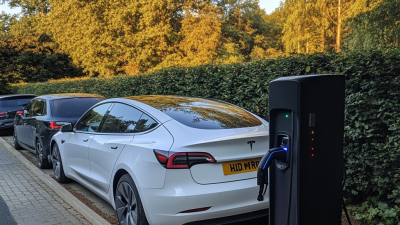
全球电动车充电器安装费用的隐秘真相与顶尖技术
-
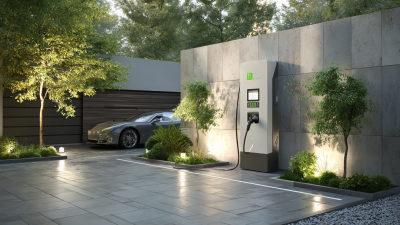
The Future of Sustainable Home Car Charging Points: Innovating for Tomorrow's Eco-Driven Journeys
-
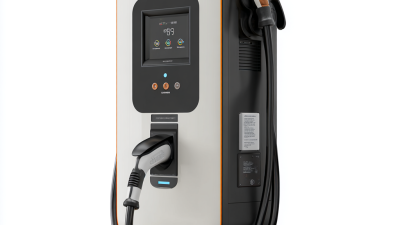
What Makes the Best Chargepoint Ev Charger Essential for Global Buyers
-
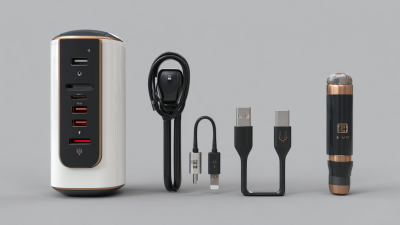
China's Premier Manufacturing of Best Portable Electric Car Chargers for Global Markets
-

Top 10 Car Charging Station Manufacturers in China at the 137th Canton Fair
-
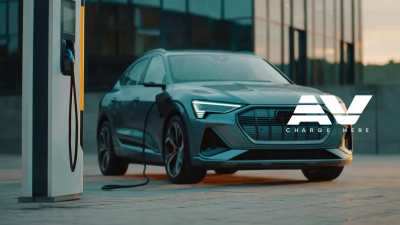
Insights into the Best Ev Charger Innovations Shaping the Future of Sustainable Transportation
